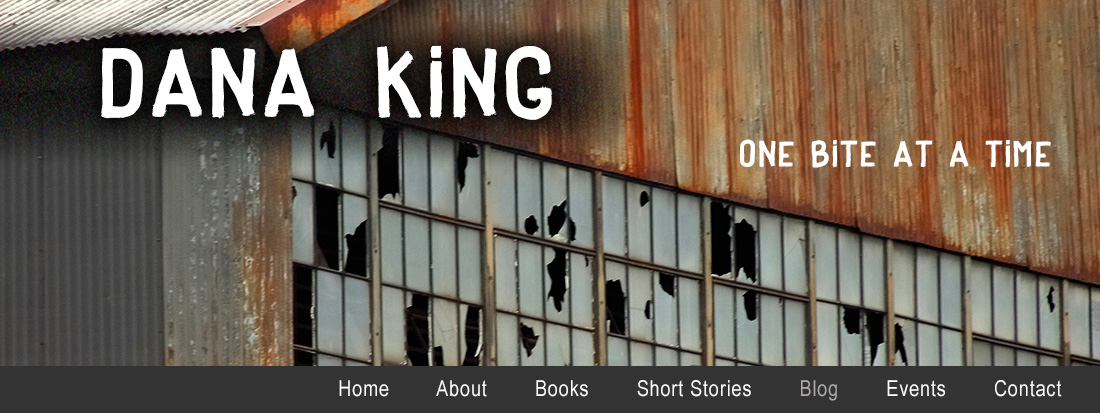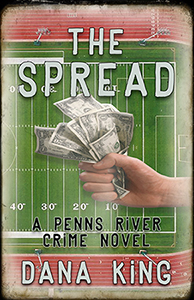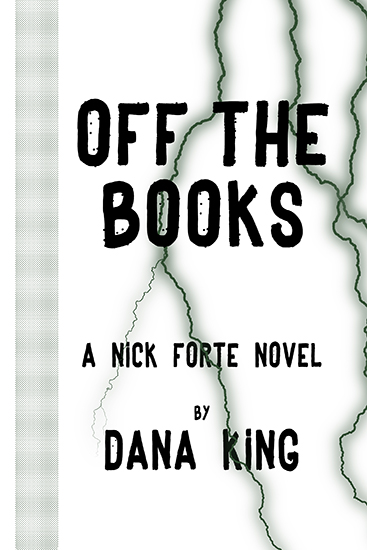The Roaring Twenties wasn’t the movie I expected. Literally. I thought this was the one where James Cagney pushed the grapefruit into Mae Clark’s face. Halfway through I realized that happened in Public Enemy. So it goes.
The Roaring Twenties still wasn’t the movie I expected, even after I understood I was watching the wrong movie. Released in 1939, it’s not the typical gangster movie, showing how Cagney’s Eddie Bartlett was eased into becoming a bootlegger by not getting a square deal when he returned from World War I. He works his way to the top of his world (no, that’s another different Cagney movie) before the end of Prohibition sends his career, and him, into the gutter.
Two things stand out right away. First is the unflinching look at how quickly this country tired of welcoming home the returning soldiers. Part of this was, I’m sure, fears of the Spanish flu that led some troop ships to being quarantined before they could enter the country. That explains the lack of parades, but the disdain Cagney’s characters receives when he asks for his old job back goes well beyond that. The man who now has the job—and knows he’ll keep it—is overheard to say, “Yeah, those monkeys are gonna' find out what a picnic they had on Uncle Sam's dough while we stayed home and worked!”
There’s also a narrated montage showing how Prohibition and the Volstead act created the bootlegging industry overnight. It’s eerily similar to scenes that have since become common, with whiskey bottles serving the role in 1939 that cocaine, marijuana, and heroin have served for the past thirty years; even the packages resemble each other. Anyone who can watch this, see the similarities, and still not think we’re fighting the wrong war on drugs, isn’t paying attention.
The last half hour doesn’t hold up. Prohibition ends and bootleggers fall on hard times because drinking is legal again. Anyone into crime know that’s not how it worked, with rare exceptions. Bootleggers with a clue were so well fixed during Prohibition, the transition wasn’t that much of a problem. Eddie’s estranged partner, George Halley (Humphrey Bogart) seems to be doing fine; how is never explained. After doing a great—and what was probably at the time a daring—exploration so far, the film goes for a standard Hollywood ending.
The Roaring Twenties is worth watching just for the first hour, and to see Cagney and Bogart work together. Don’t be mad if you doze off toward the end.
Subscribe to:
Post Comments (Atom)




1 comment:
I think I saw this years ago. And I doze off at the end of most movies anymore. At least the ones I see at home.
Post a Comment